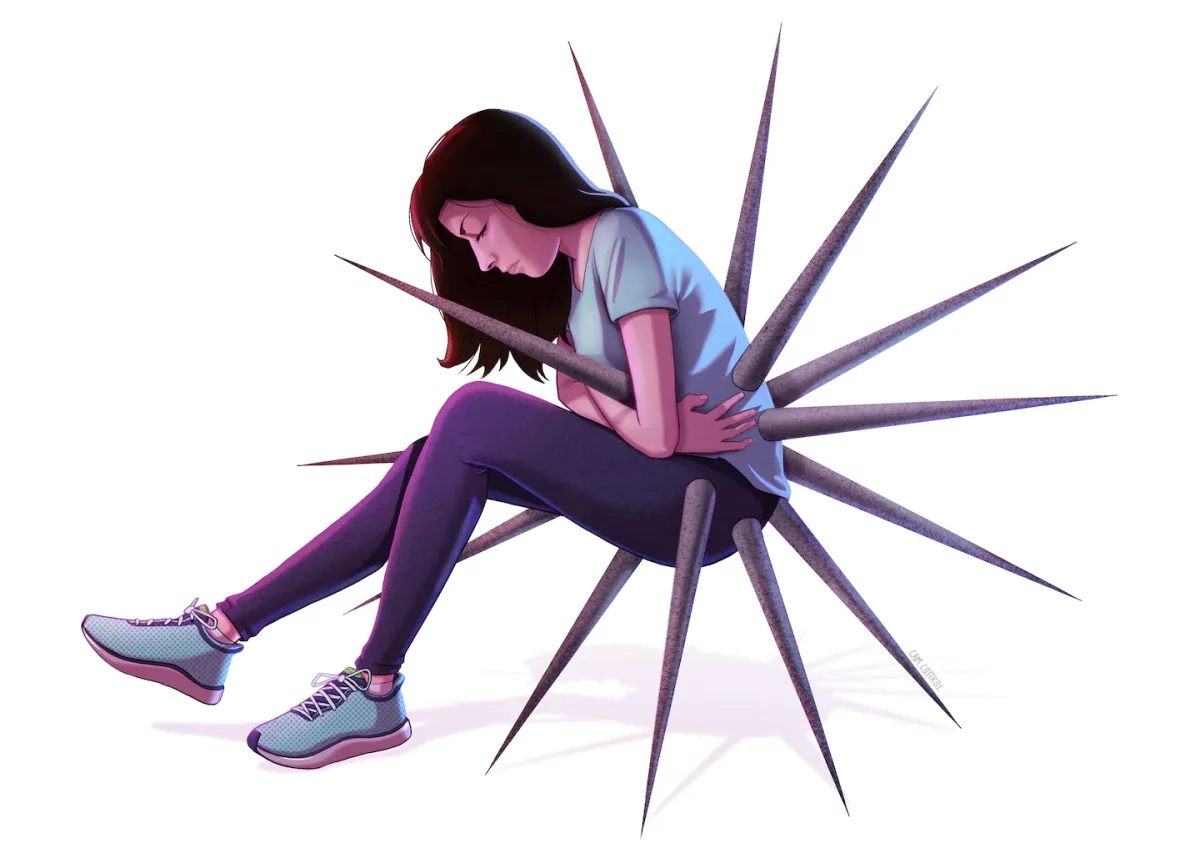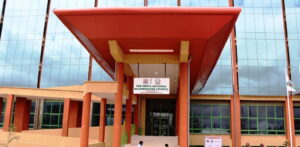During a girl’s adolescence, she may encounter challenges that are unavoidable. Menstruation is one such challenge that usually begins at the age of 12, and sometimes as early as 8 years old.
Unfortunately, many young girls are unaware of what to expect during menstruation, which can cause confusion and uncertainty. There are some typical menstrual symptoms such as:
- cramping,
- bloating,
- breast tenderness,
- breakouts,
- mood swings,
- fatigue
However, some girls experience abnormal pain and bleeding, which can be indicative of a condition called endometriosis.
Caroline started high school at the age of 14 and began her education like any other teenage girl. She had been informed about menstruation and was aware of what to expect when the time arrived.
Caroline smoothly sailed through her first two school terms without experiencing any signs or symptoms of menstruation. However, her mother would still pack several packets of pads for her whenever she went to school, and her elder sisters frequently reminded her how to handle “the giant”.
When the time finally came during the third term of her first year in school, Caroline’s experience was the opposite of what she had been told to expect.
Read Also: Radio personality Njambi Koikai talks about her difficult past

The blood flow was excessive, and the pain was unbearable. She had been informed that she would only experience some mild discomfort and hormonal changes, but now she found herself unable to leave her bed for two days.
Even painkillers did not offer any relief, and by the third day, she was asked to leave school with a letter. After arriving home, Caroline’s mother took her to the nearest dispensary to try and alleviate her daughter’s pain with painkillers.
While there, they overheard some nurses and patients discussing Caroline’s condition and speculating that she must have had an abortion due to the severity of her symptoms.
After reaching home from the dispensary, Caroline’s mother read the letter from the school which stated that she was needed back at school whenever she was feeling better.
However, when Caroline returned to school with her mother after recovering, the headteacher expelled her, accusing her of having an abortion.
Caroline’s story is a prime example of how little is known about endometriosis, even among medical professionals.

Endometriosis is a condition in which cells similar to those that line the uterus grow outside of the uterus, often in the pelvic region, ovaries, perineal cavity, rectum, and even the lungs.
The causes of endometriosis are still unknown, but experts suggest retrograde menstruation, the transformation of peritoneal cells, embryonic cell transformation, surgical scar implantation, endometrial cell transport, and immune system disorders as possible explanations.
Symptoms of endometriosis vary, and while some individuals experience painful periods, painful intercourse, excessive bleeding, and infertility, others may not experience any pain at all.
Treatment options for endometriosis include laparoscopic excision surgery to remove endometrial lesions and preserve healthy tissues according to the Endometriosis Foundation of America.
Pelvic floor physical therapy is also a viable treatment option for reducing endometriosis symptoms such as painful sex and pelvic pain and improving pelvic relaxation.
With greater awareness and knowledge of endometriosis, young girls and women can better understand their bodies and seek appropriate medical care.
In conclusion, endometriosis is a complex condition that can be difficult to diagnose and manage.
It is important to increase awareness and understanding of the condition, especially among young girls who may experience symptoms during their menstrual cycle. While the causes of endometriosis are still unknown, there are several possible explanations, and research is ongoing.
Treatment options, such as laparoscopic excision surgery and pelvic floor physical therapy, can help manage symptoms and improve the quality of life for those living with endometriosis.
With continued research and education, we can work towards a better understanding and management of this painful condition.
















